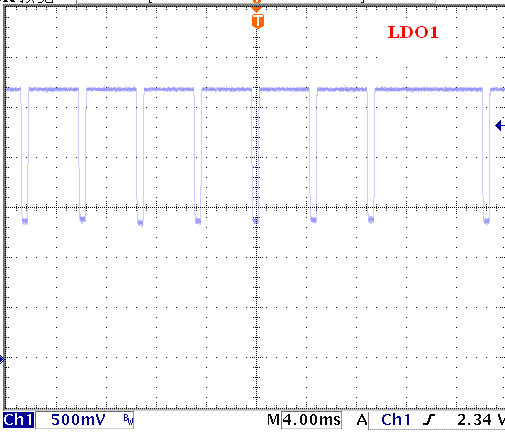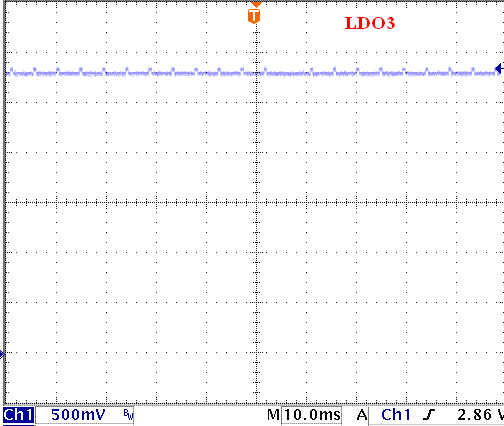leo_o2
Advanced Member level 4

Anyone have gotten idea to improve radiation immunity from mobile phone for LDO? In my LDO design, EMI is poor. When a dailing mobile is close to LDO, LDO's output voltage drop to 0v at 217Hz that is mobile's frequency.



